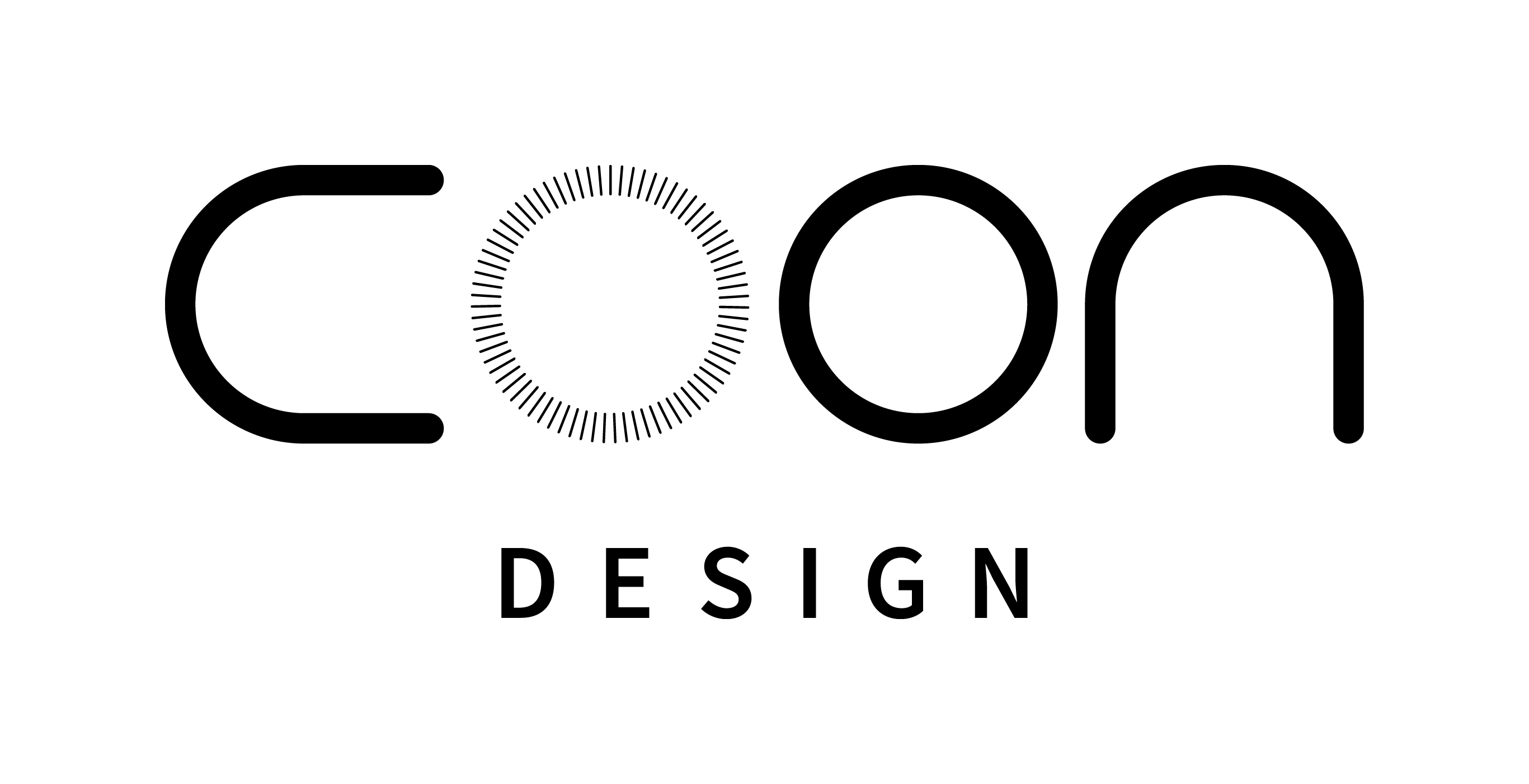5 Key Term Paper Step-By-Step Strategies
A term paper is an academic study paper written by students on an academic term, generally accounting for about half of the grade. It differs slightly from an assignment in that the entire term is analyzed instead of being examined individually. Merriam Webster describes it „a brief, note-worthy written assignment often representative the outcome of a term’s research.“ In other words, it’s an individual effort. It is usually a summary, description, or outline of the student’s work for a term or course. It is usually required that the student write a term paper for each term in the class, however this does vary from instructor to instructor.
When choosing what type of term paper to compose, there are several factors to consider before you make your choice. The kind of course or test to be studied is one of them. Certain courses require essays, some require descriptive writing, and still others require essays that include data from various studies. You can also choose from a wide variety of styles for your term papers such as narrative, expository, and analytical.
Another crucial aspect to consider when choosing which term paper to write is whether you’ll be sending it to the professor or simply publishing it as an assignment for publication. Many colleges have strict requirements for submission, and typically these include a brief title page and a major point, which must be thoroughly discussed. Students are encouraged to study the literature and research to support their argument. However, it is important to remember that your research should not be solely based on your primary research. Instead, it should support and reinforce the principal idea.
Writing term papers is a different process unlike other writing assignments in many ways. Students are required to write both an academic and non-critical essay, and to make use of personal pronouns, such as „I“, „we“, „us“, „my“, „our“, and „our“. It is also necessary to make use of special words like phrase, definition, illustration, and example. Students must be careful when using these words as it is easy for students to become confused when writing. A term paper must follow a specific format. This is essential for readers to understand the contents.
Students are encouraged and urged to consider the goal of their term paper. This includes the amount of research they’ve conducted as well as the main point they wish to convey in their essay. The bulk of the essay should be focused on your primary point, however this does not mean your primary point has to be the primary focus of the essay. Your main point may not even be the focus of your essay. If you’re writing an essay about how social media could replace traditional newspapers, it is an excellent idea to go beyond the impact of social media on newspapers. Instead, you should talk about how social media has impacted society as a whole.
Every paragraph of the term paper should be able to have a beginning, middle, and a final. Each paragraph must build on the preceding paragraphs. When the conclusion of one paragraph is written, it is important to summarize what the author has written in the previous paragraphs. Each paragraph must connect with the following. The term papers should provide strong arguments, supporting evidence as well as conclusions and a final conclusion.
Students should pay close attention to the formatting of their abstract. Although the majority of term papers do not use the word abstract but contador caracteres students should follow the basic guidelines to create an abstract. Abstracts begin with a statement, or claim, followed by a substantiated enumeration and evidence to support it. The language used should be clear, concise, and precise. It is recommended that students read prior drafts of their abstracts to get a better understanding of the most common online word count checker formatting mistakes.
A step-by step method to write term papers is to gather your research and include evidence. To begin the compiling process, you should collect all the data you require and include them in a coherent fashion. Students should select credible sources and check the accuracy of the information. You might also find it helpful to consult experts in the field. This will not only assist students build a solid research portfolio, but it can prove to be an invaluable resource for future projects.
